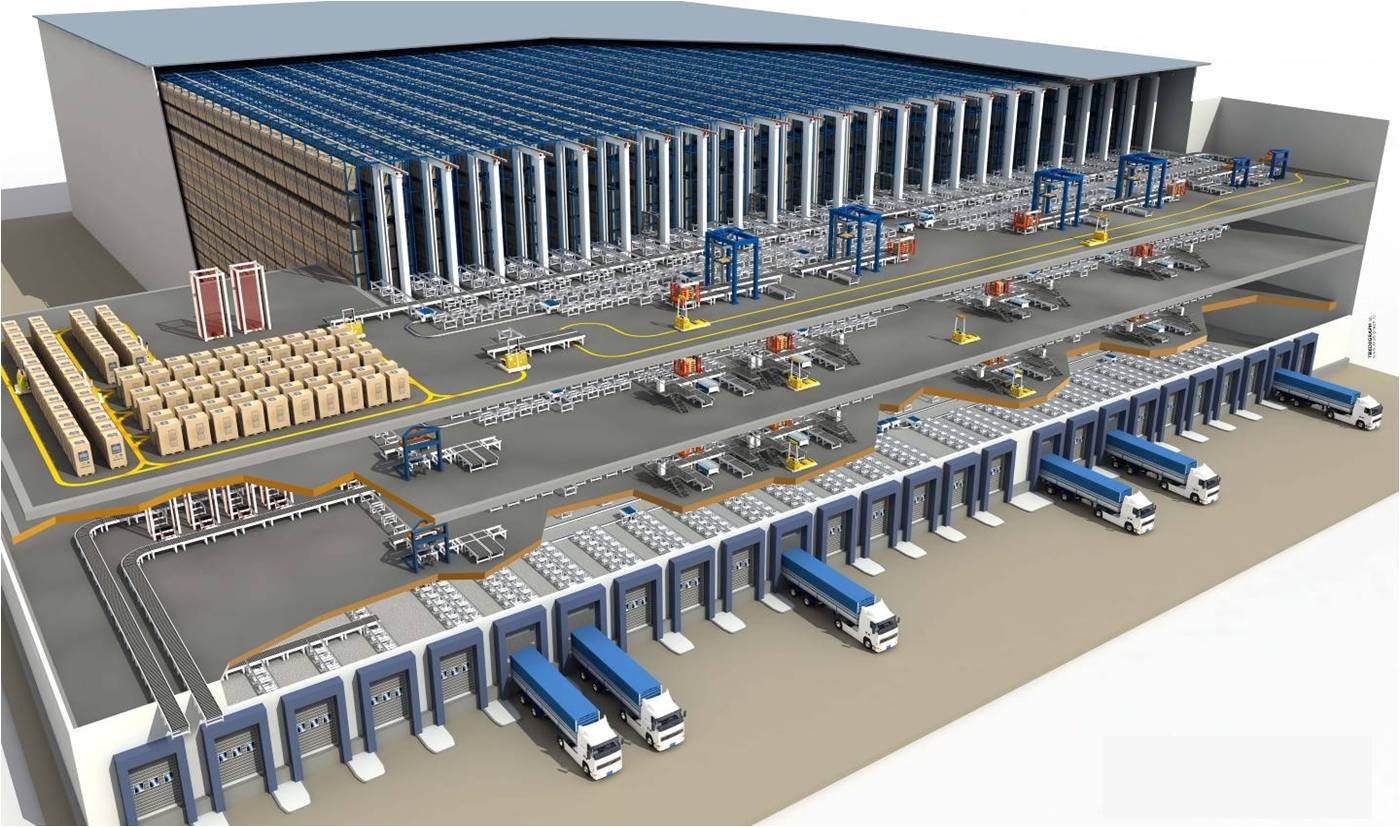What is Cross Docking Services?
Cross docking is a logistics model that expedites inventory flow through a distribution center. In this model, incoming shipments from suppliers are sorted and consolidated before being sent directly to outbound carriers for delivery to customers. The key principles of cross docking are speed, volume and efficiency. Goods spend little to no time in storage since they move directly from receiving to shipping areas to fulfill orders. This helps reduce inventory carrying costs and expedites order turnaround time.
Benefits of Cross Docking Services
Some of the key benefits that cross docking provides to businesses include:
Faster Inventory Turnaround
By bypassing storage, Cross Docking Services allows goods to move directly from receiving to shipping areas. This greatly reduces inventory dwell time in the supply chain. Goods can be received from suppliers in the morning and shipped out to customers the same day. Faster inventory velocity means companies can fulfill customer orders more quickly while reducing costs tied to warehousing inventory.
Reduced Inventory Carrying Costs
Since inventory moves through the cross-dock quickly without being stored, businesses can significantly lower their carrying costs for supplies. These costs include expenses like rent, utilities, labor, shrinkage and opportunity costs associated with capital being tied up in inventory. By turning inventory faster, Cross Docking Services allows companies to operate more efficiently with lower on-hand inventory levels. They can replenish stock just-in-time based on projected demand rather than hold large safety stocks.
Improved Supply Chain Visibility
Cross docking provides companies better end-to-end visibility of inventory flow across the supply chain. Goods can be tracked electronically as they move from suppliers to the cross-dock facility and then out to customers. Businesses gain real-time updates on order fulfillment status as well as accurate inventory positions across distribution networks. This transparency helps optimize supply and demand planning. Issues affecting supply or delivery can also be identified and addressed quickly to minimize disruptions.
Scalability and Flexibility
Cross docking operations are highly scalable based on volume demands. Facilities can easily expand dock doors and labor to accommodate seasonal peaks. They also offer flexibility to intake varying types and sizes of inbound/outbound freight. Cross docks can fulfill special shipment requests at short notice and handle urgent deliveries, Returns or product recalls with speed. This makes them a good fit for companies with fluctuating order patterns.
Challenges of Implementing Cross Docking
While cross docking provides clear logistical advantages, proper planning and execution is required to reap its full benefits. Some potential challenges include:
Meeting Tight Receiving and Shipping Windows
Cross docking success hinges on inbound and outbound carriers coordinating tightly to meet delivery/pick-up schedules. Any delays can cause bottlenecks where inventory backs up while waiting to be shipped. Companies must work closely with transportation partners to ensure predictable load tendering, minimize transit times and resolve glitches promptly. Adherence to accurate shipping/receiving windows is crucial to maintain fast inventory turns.
High Dependency on IT Systems
Cross dock operations require seamless data integration and information sharing between suppliers, carriers and the distribution center. Electronic tracking of inventory and documentation across these touchpoints is integral to fulfillment efficiency. Issues with equipment, networks or system interfaces can potentially disrupt operations. Businesses must invest in robust IT infrastructure and have contingency plans for unplanned outages. Continuous system maintenance and upgrades are also important.
Demand for Skilled Labor
Cross docking is very labor-intensive with items needing rapid sorting, consolidation and loading onto outbound trucks. Workforce planning and employee recruitment/retention become critical challenges. Staff need to be thoroughly trained on equipment usage, order fulfillment process flows and safety protocols. With high turnover common in warehouses, companies struggle to find experienced pickers, packers, forklift operators and managers knowledgeable in lean logistics principles. Cross training team members helps overcome such talent shortages.
when properly planned and coordinated, cross docking can be a powerful strategy to optimize inventory flow through the supply chain. Though implementation requires overcoming certain challenges, its benefits of faster fulfillment speeds, reduced inventory costs and improved visibility help enhance customer satisfaction, resource utilization and overall business profitability for companies across industries. With ongoing refinement to processes, technology and workforce management, cross docking continues to gain popularity as an efficient means for handling inbound and outbound distribution activities.
*Note:
1. Source: Coherent Market Insights, Public Source, Desk Research
2. We have leveraged AI tools to mine information and compile it.




